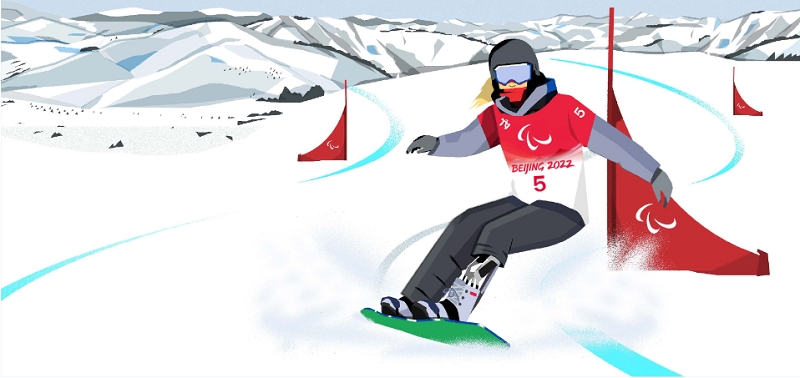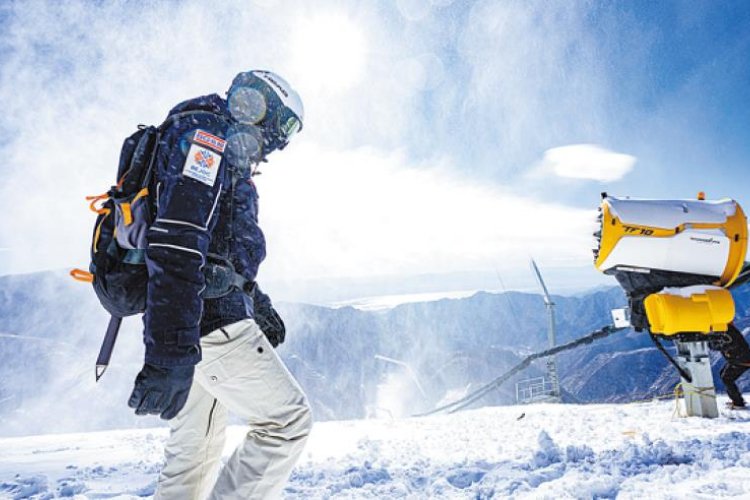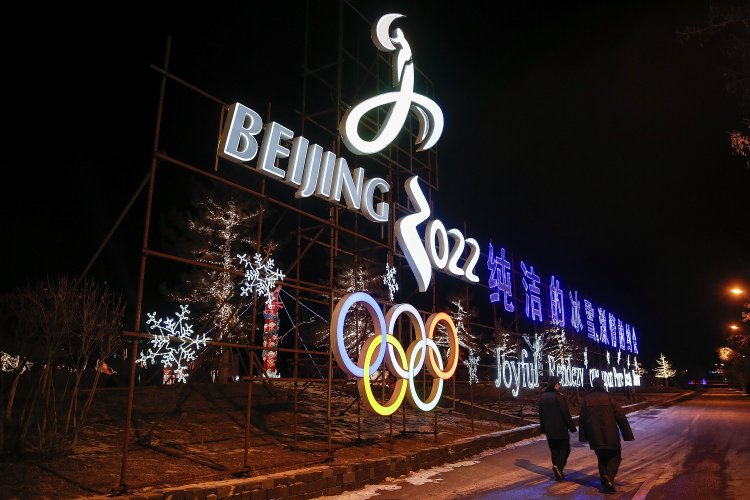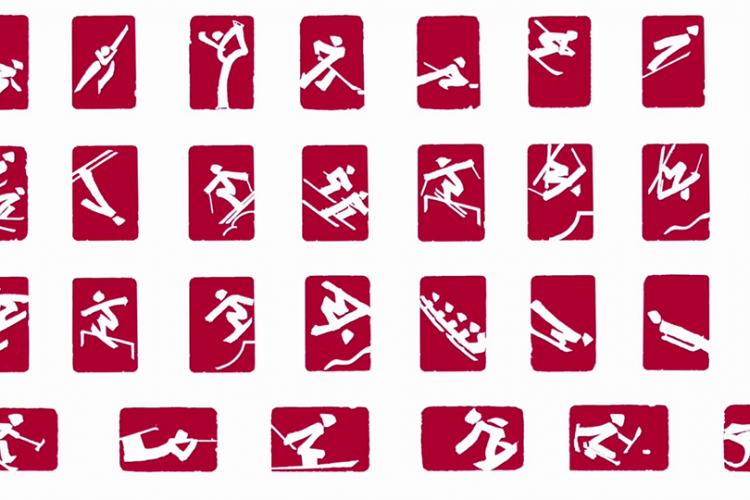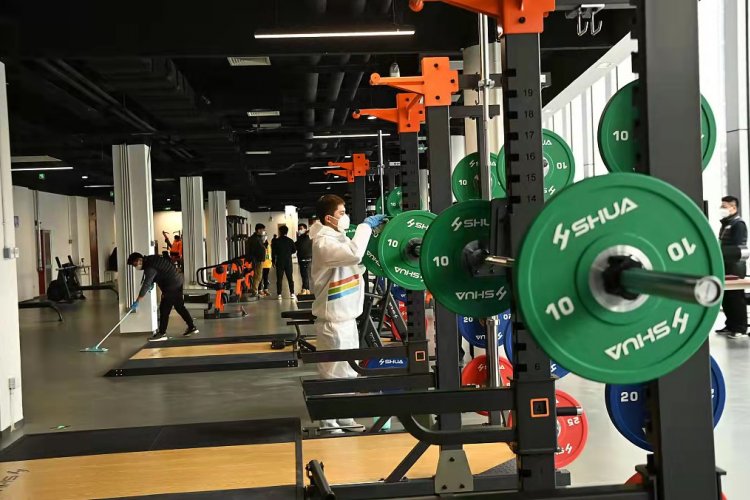OlymPicks: Seven Takeaways from the Beijing '22 "Closed Loop" Playbook
In OlymPicks, we highlight news, gossip, and developments regarding the buildup to Beijing's 2022 Winter Olympics.
The International Olympic Committee has just released what it calls “The Playbook”. This 69-page document can be seen in all its glory right here, but for those of you whose idea of a good time is plowing through nearly 70 pages of Olympic minutae, we've digested the document below.

The document is meant as a guide to Beijing’s “closed loop system”, which will be put in place for athletes, coaches, family members of Olympic and Paralympic athletes, and other groups. Here are seven takeaways we’ve gleaned from the tome:
1. This Document Isn’t for Spectators
This Playbook is written for athletes, staff and other Olympics personnel ... not spectators. The only mention made of spectators within the document is the following: “Spectator tickets will only be available to residents of China’s mainland who meet the conditions of COVID-19 control. [Athletes and other personnel] will not have access to ticketed spectator areas.” No other detail is contained regarding spectators. However, it doesn’t take reading between the lines to understand that the current plan is to allow for spectators.
2. All Personnel Will be Confined to a “Bubble”
Not in the sense they’ll all be walking around in giant plastic bubbles (even though that would make the Games a bit more exciting), but in the sense there will be designated areas, hotels, practice facilities and specially-designed transportation. No one in the “bubble” will be allowed to leave these areas, and spectators cannot enter these areas.
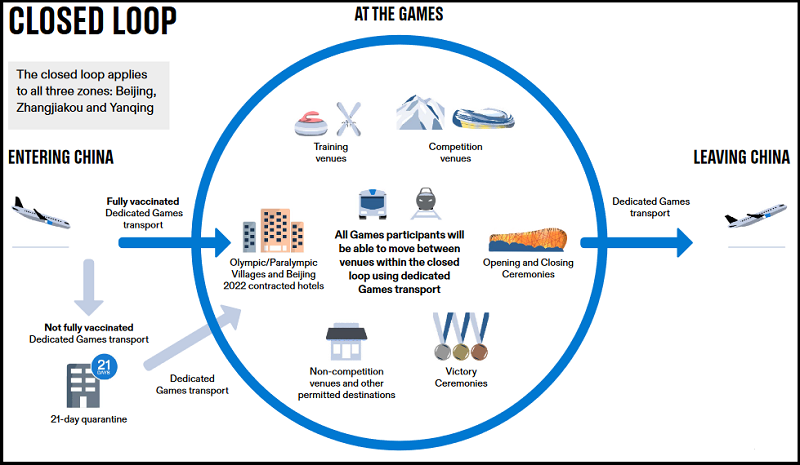
3. Olympics Personnel Need Vaccination Proof or 21-Day Quarantine
Athletes, staff, press and other personnel will only be allowed into China if they can show they’ve been fully vaccinated. Those who have a medical exemption or can’t get fully vaccinated in time will have to undergo a 21-day “hard” quarantine upon arrival to attend.
4. Testing, Testing Testing…
Personnel coming to China will need two negative PCR tests taken 24 hours apart, with both required within 96 hours of departure from their home country. All athletes will be tested upon arrival and will be given daily PCR throat swabs and temperature checks.
5. Positive Results Will Get Equal Treatment
Athletes who test positive for COVID-19 during the Games will receive hospital treatment and undergo quarantine, just like domestic patients. They’ll be allowed to rejoin the Games if they pass standard protocol for all COVID patients: showing an absence of symptoms and negative results on a series of PCR tests.
6. Private Cars, Rail Travel Will Be Restricted
It looks like private cars won’t be allowed into Olympic areas, and what’s more, with athletes and staff slated to be the only ones allowed to use the Zhangjiakou High-Speed Rail line, it looks like spectators can’t use this either. At this time, we’re not entirely sure what this means in terms of how spectators can get to the Games.

7. Mask Wearing Mandatory, No Vocal Celebrations
Masks are required for all participants, and all attendees have been asked to avoid shouting, cheering, and singing. Instead, they can show support or celebrate by clapping instead. Or perhaps take a page from Japan and cheer “inside your hearts.”

Finally, and not to sound like a broken record, but there are still no details on if and when spectator tickets will be available, nor what quantity there will be or what the requirements for spectators will be. We're keeping an eye peeled though and will let you know as soon as we do. Follow all of our Olympics coverage here.
READ: OlymPicks: Olympic Fame Arrives in Beijing Following Greece Lighting Ceremony
Images: IOC

